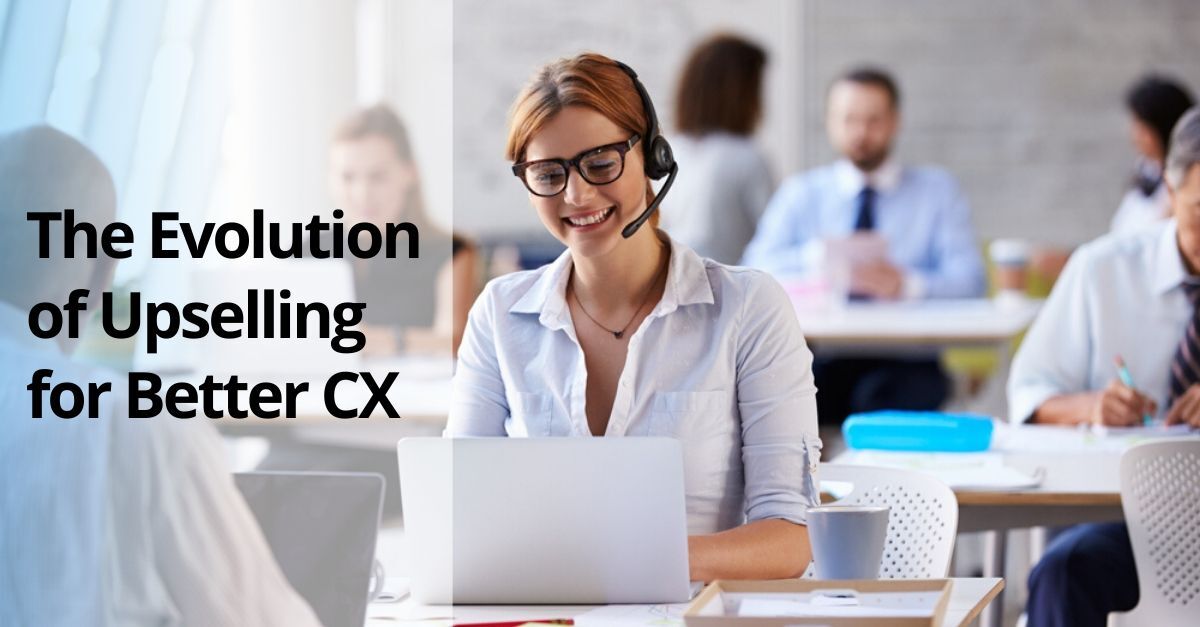
The Evolution of Upselling for Better Customer Experience
Most people have been on the receiving end of a phone call with a banking sales rep trying to sell them a “platinum” credit card. Or been subjected to a car dealer swearing on the utility of an upgraded model that is twice as expensive as the one they initially intended to buy.
It is easier to make money off an existing customer than go out seeking new ones. For instance, in 2006 Amazon claimed that 35% of its revenues came from upselling and cross-selling. In fact, Forrester Group’s research finds that good product recommendations can contribute 10-30% of total revenue for e-commerce sites. Upselling has always been an integral part of a company’s sales tactic.
Changing Narrative
However, over the years, growing awareness among customers has made them wary of mongering sales reps simply trying to push costlier products forward. With this in view, the concept of upselling has gradually been revamped from a hardcore sales tool to a method to build a better customer relationship.
Prior to the digital era, companies tried their luck upselling any and all products to customers. It was a hit or miss approach. With the growth of analytics and eventually, machine learning, it has become possible to accurately map customer preferences using their past purchase data and even predict their future purchases.
Using data points like demographics, purchase habits, keywords search, shopping cart additions and related customer searches and preferences, businesses can come up with personalized recommendations for a customer. For example, when a digital streaming platform analyzes a person’s movie preferences and curates a list of recommended films, they are more likely to renew their subscription than when they are constantly bombarded with email reminders of their subscription ending.
Evolving Approaches
Along with its purpose, the methods of upselling too have undergone a change over the years. Traditional techniques like door-to-door sales, phone calls, and letters are being replaced with more contemporary approaches.
As outlined above, digital prowess can subtly integrate upselling into the customer experience as in the case of online streaming platforms. Data-driven recommendations allow for the right offers to be made at the right time and right place. Identifying channels that work best for individual customers rather than a generic audience can ensure positive customer experiences.
Given that customers engage through different mediums in today’s age, businesses should not shy away from using multiple channels to touch base with a single customer. Assuming a standalone device to be a customer’s only engagement platform leads to wasted opportunities. While an email may be a great way to announce the launch of a new product, a personalized upgrade suggestion strategically placed on social media platforms is likely to draw more clicks and subsequently, purchases.
Employing the right analytical tools will enable a business to get a unified view of a customer’s engagement behaviour, which can then be used to develop a multi-channel targeted advertising strategy spanning different digital mediums including emails, automated calls, point-of-sale systems, chatbots, clickstreams and social media.
By putting the customer first and focusing on their needs rather than a bottom-line boost, a business can improve its customer engagement and also add more value. A larger revenue will simply be a by-product.
Through the Years
Upselling is no longer a shrewd business ploy to boost sales figures. Upselling is now a valuable skill for all businesses to keep their customers happy and satisfied. The art of upselling, if done tactfully, can lead to a win-win situation for customers as well as the business.
Allsec’s Customer Experience Management Solutions leverage the perfect combination of people, process and technology to deliver tailored solutions for your business.


